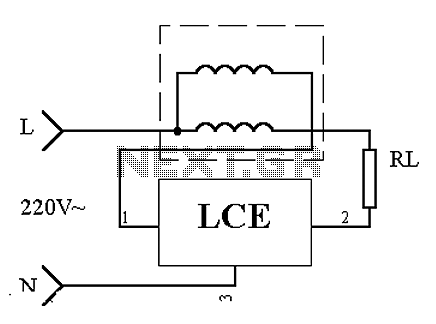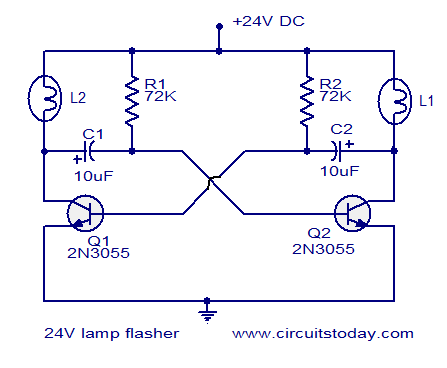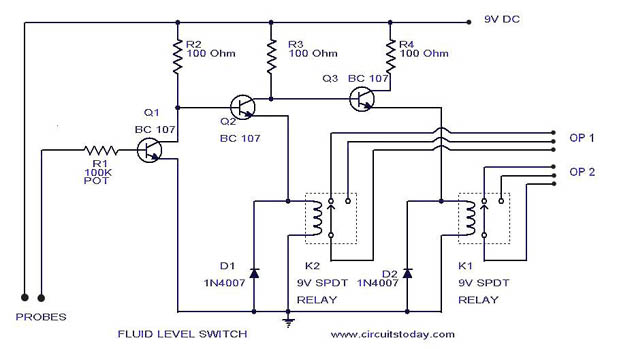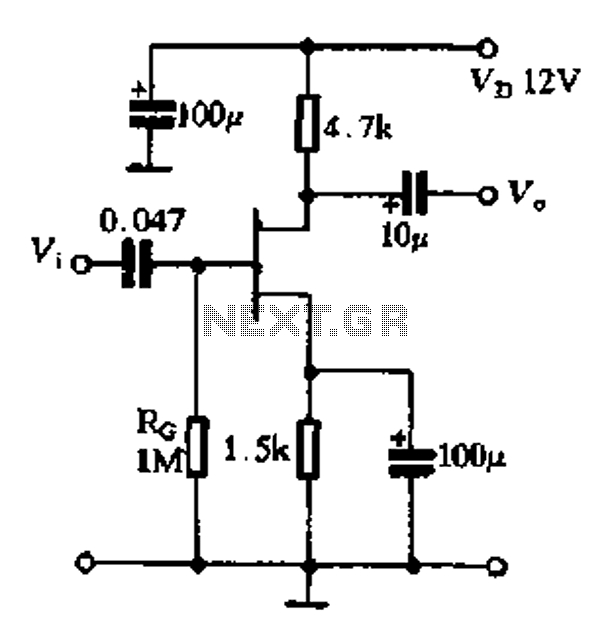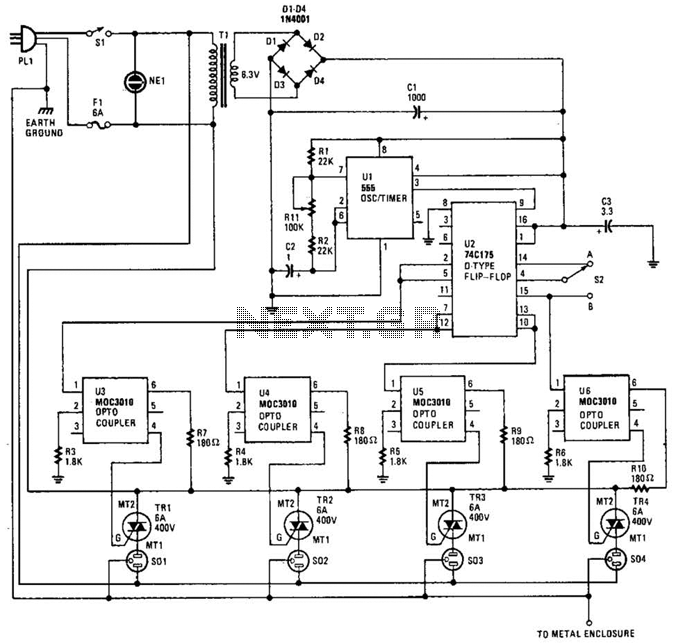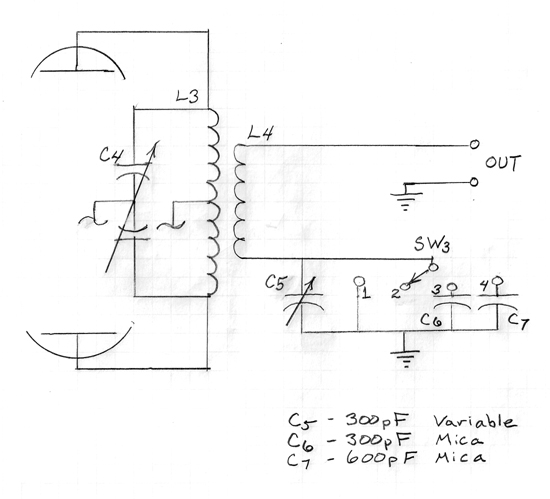
Blinker circuit 2
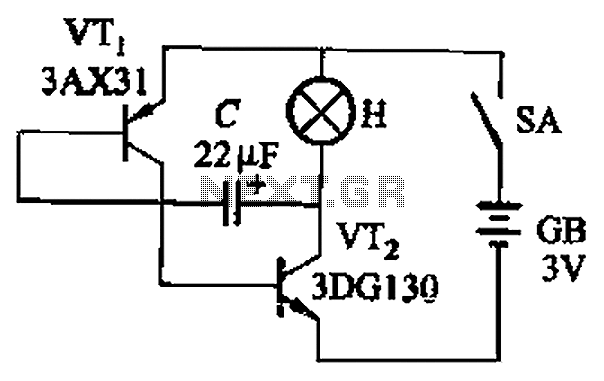
The circuit depicted in Figure 13-4 utilizes triode control. Two transistors, VTi and VTz, are coupled via a capacitor (C) to alternately turn on and off, producing a flashing light effect. The flash frequency is influenced by the capacitance of the transistor VTi in conjunction with the current (I). The specified values in the figure suggest a lamp flash frequency of approximately 20 times per minute.
This circuit employs a pair of transistors, VTi and VTz, configured in a feedback loop facilitated by capacitive coupling through capacitor C. The operation relies on the triode characteristics of the transistors, which allow them to switch states based on the voltage levels across the capacitor. When VTi turns on, it allows current to flow through the circuit, charging the capacitor C. Once the capacitor reaches a certain voltage threshold, it triggers the turn-off of VTi and the turn-on of VTz. This process causes the light to flash.
The flash frequency is primarily determined by the time constant of the RC circuit formed by the capacitor C and the resistance in the circuit, which includes the load and any resistors present. The capacitance value of C, in conjunction with the current flowing through VTi, dictates how quickly the capacitor charges and discharges, thus influencing the overall flashing frequency. For the specified configuration, the circuit is designed to achieve a flashing frequency of around 20 flashes per minute, which can be adjusted by varying the capacitance or the current supplied to the circuit.
This design is particularly useful in applications where visual signaling is required, such as in decorative lighting or alert systems. The simplicity of the circuit allows for easy implementation and adjustment, making it a versatile choice for various electronic projects. Circuit shown in Figure 13-4. It uses triode control. Two transistors VTi, VTz by capacitive coupling C, so that they alternately turn on and off, so that H produce flash light s sparkle. Flash frequency capacity ,. and c is determined by the capacitance of the transistor VTi through current I. Press the element in FIG values lamp flash frequency of about 20 times per minute.
This circuit employs a pair of transistors, VTi and VTz, configured in a feedback loop facilitated by capacitive coupling through capacitor C. The operation relies on the triode characteristics of the transistors, which allow them to switch states based on the voltage levels across the capacitor. When VTi turns on, it allows current to flow through the circuit, charging the capacitor C. Once the capacitor reaches a certain voltage threshold, it triggers the turn-off of VTi and the turn-on of VTz. This process causes the light to flash.
The flash frequency is primarily determined by the time constant of the RC circuit formed by the capacitor C and the resistance in the circuit, which includes the load and any resistors present. The capacitance value of C, in conjunction with the current flowing through VTi, dictates how quickly the capacitor charges and discharges, thus influencing the overall flashing frequency. For the specified configuration, the circuit is designed to achieve a flashing frequency of around 20 flashes per minute, which can be adjusted by varying the capacitance or the current supplied to the circuit.
This design is particularly useful in applications where visual signaling is required, such as in decorative lighting or alert systems. The simplicity of the circuit allows for easy implementation and adjustment, making it a versatile choice for various electronic projects. Circuit shown in Figure 13-4. It uses triode control. Two transistors VTi, VTz by capacitive coupling C, so that they alternately turn on and off, so that H produce flash light s sparkle. Flash frequency capacity ,. and c is determined by the capacitance of the transistor VTi through current I. Press the element in FIG values lamp flash frequency of about 20 times per minute.
